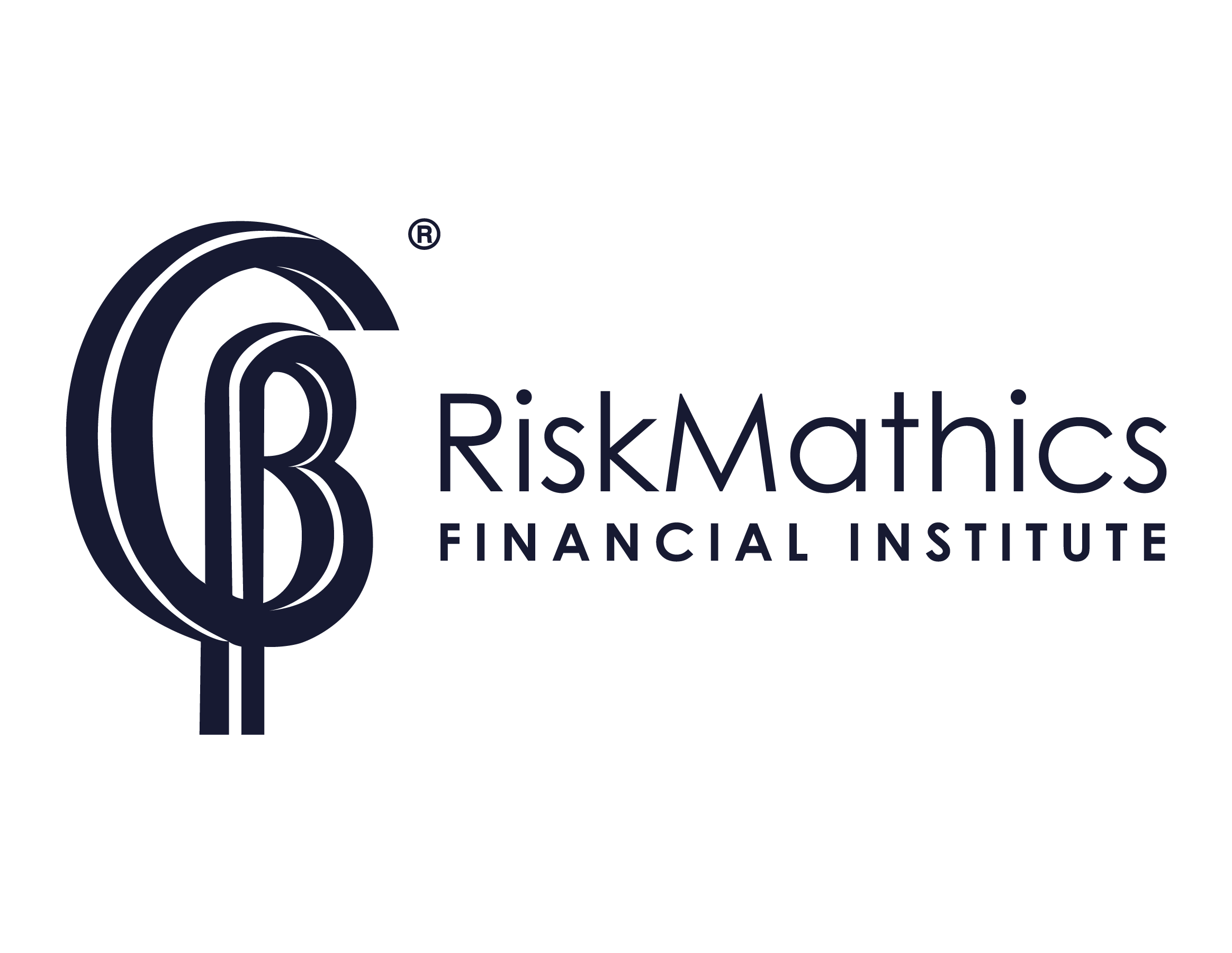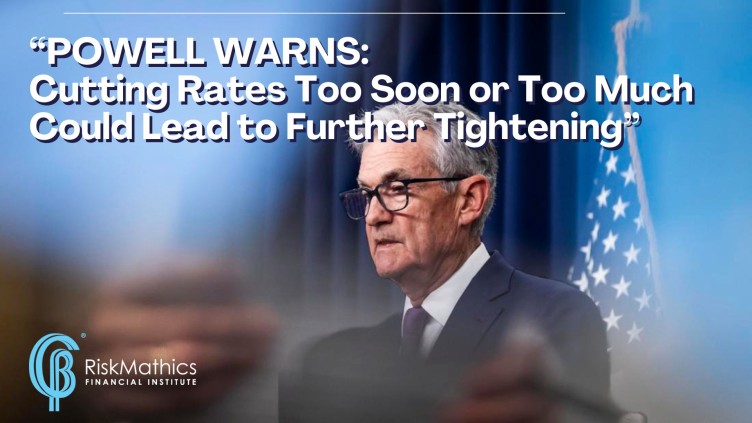Introduction
In a recent statement to the House Financial Services Committee, Federal Reserve Chairman Jerome Powell highlighted the current stance of the U.S. monetary policy and its implications for the economy. With the Federal Funds Rate now between 5.25 and 5.50%, there are signals that the cycle of monetary tightening initiated in early 2022 may be nearing its peak. However, the journey towards easing these policies comes with its set of challenges and uncertainties, particularly concerning inflation and economic growth.
Powell’s remarks come after a year of rigorous policy tightening by the Federal Open Market Committee (FOMC), aimed at combating inflation by maintaining the target range for the federal funds rate. Looking ahead, Powell suggests that it “might be appropriate to start easing the monetary policy tightening at some point this year” if the economy evolves as broadly expected.
Yet, Powell cautioned against premature or excessive easing of policies. Reducing the tightness of monetary policies too much or too soon could reverse the progress made in inflation control, potentially necessitating an even stricter policy to return inflation to the 2% goal. Conversely, delaying or minimal reductions in interest rates could unduly weaken economic activity and employment.
Powell reassured that any adjustments to the policy rate target range would be carefully considered, evaluating incoming data, the evolution of the outlook, and the balance of risks. The FOMC does not anticipate reducing the target range until there is greater confidence that inflation is sustainably moving toward the 2% target.
Despite notable inflation decreases over the past year, Powell acknowledged that inflation rates remain above the FOMC’s long-term goal of 2%. He cited a 2.4% increase in Personal Consumption Expenditures (PCE) prices and a 2.8% rise in core PCE prices, excluding volatile food and energy categories, over the 12 months ending in January.
In his recap of the U.S. economic performance last year, Powell noted a strong GDP growth of 3.1%, driven by robust consumer demand and improved supply conditions. He also mentioned the moderate activity in the real estate sector, reflecting the impact of high mortgage rates, and the continued tightness of the labor market with job creation averaging 239,000 per month since mid-last year.
Conclusions
Jerome Powell’s testimony underscores the delicate balance the Federal Reserve must maintain between curbing inflation and fostering economic growth. While the possibility of easing monetary policy tightening looms, the path forward is fraught with uncertainties. The Federal Reserve’s cautious approach aims to ensure that inflation targets are met without unduly hampering economic activity or employment levels.

